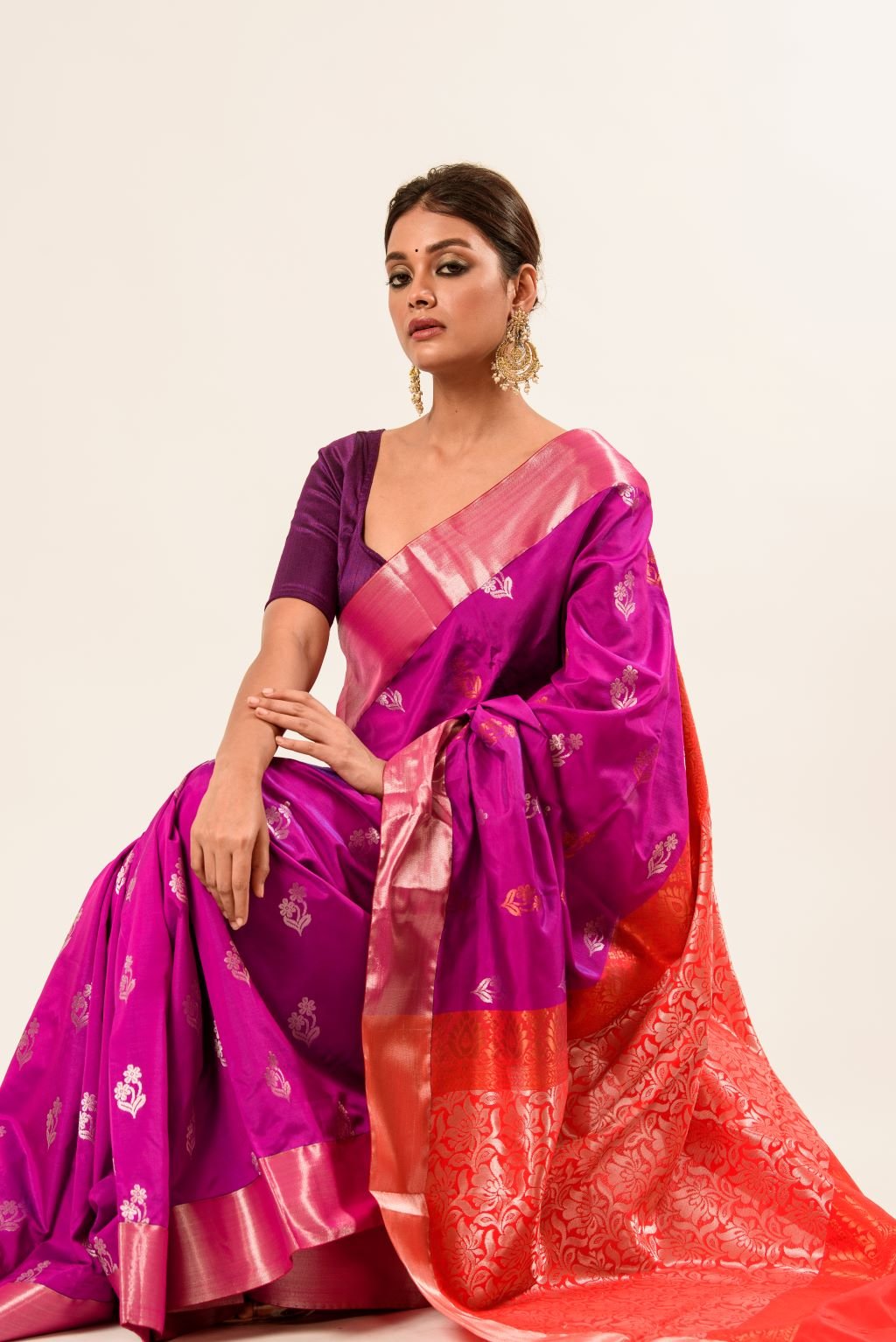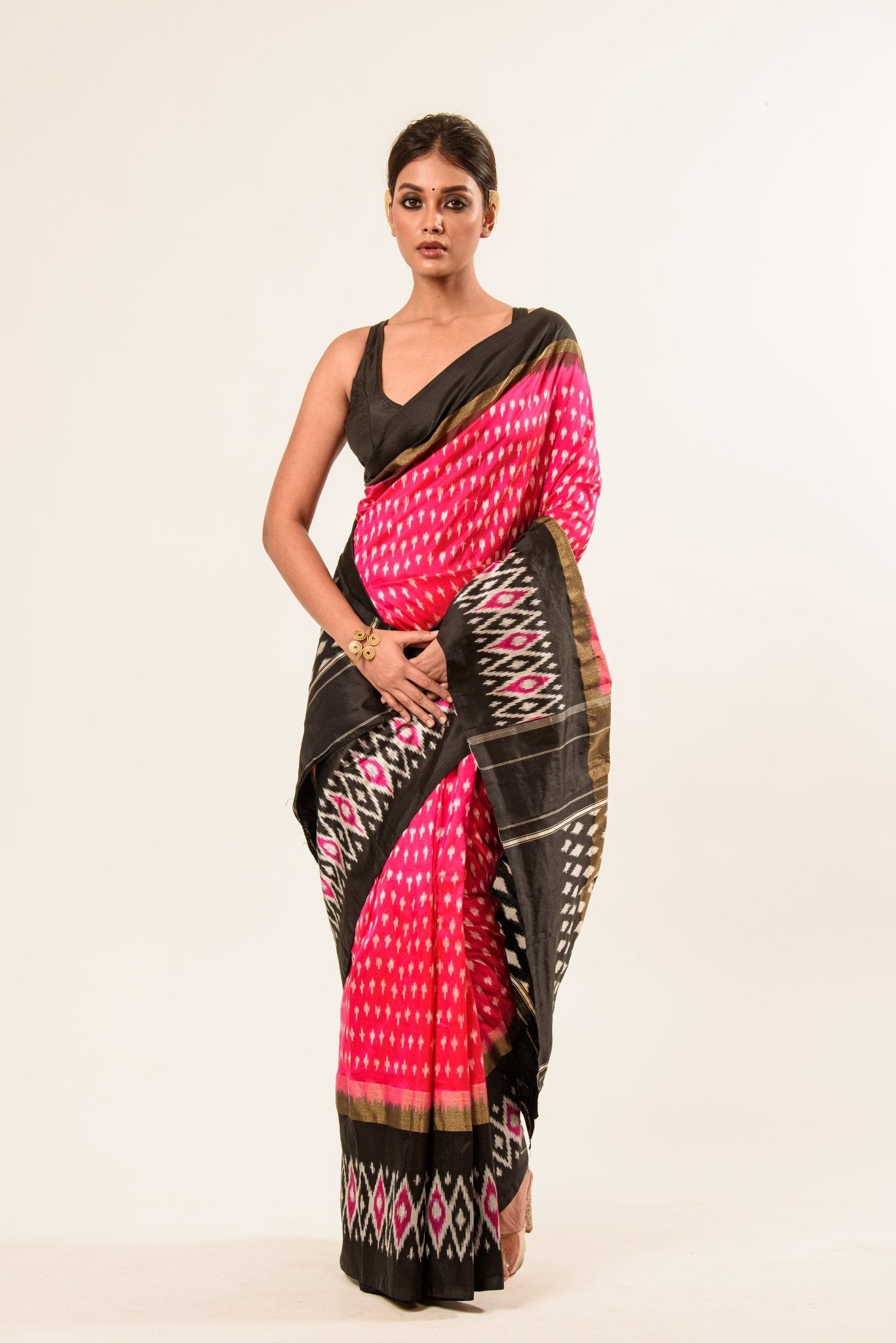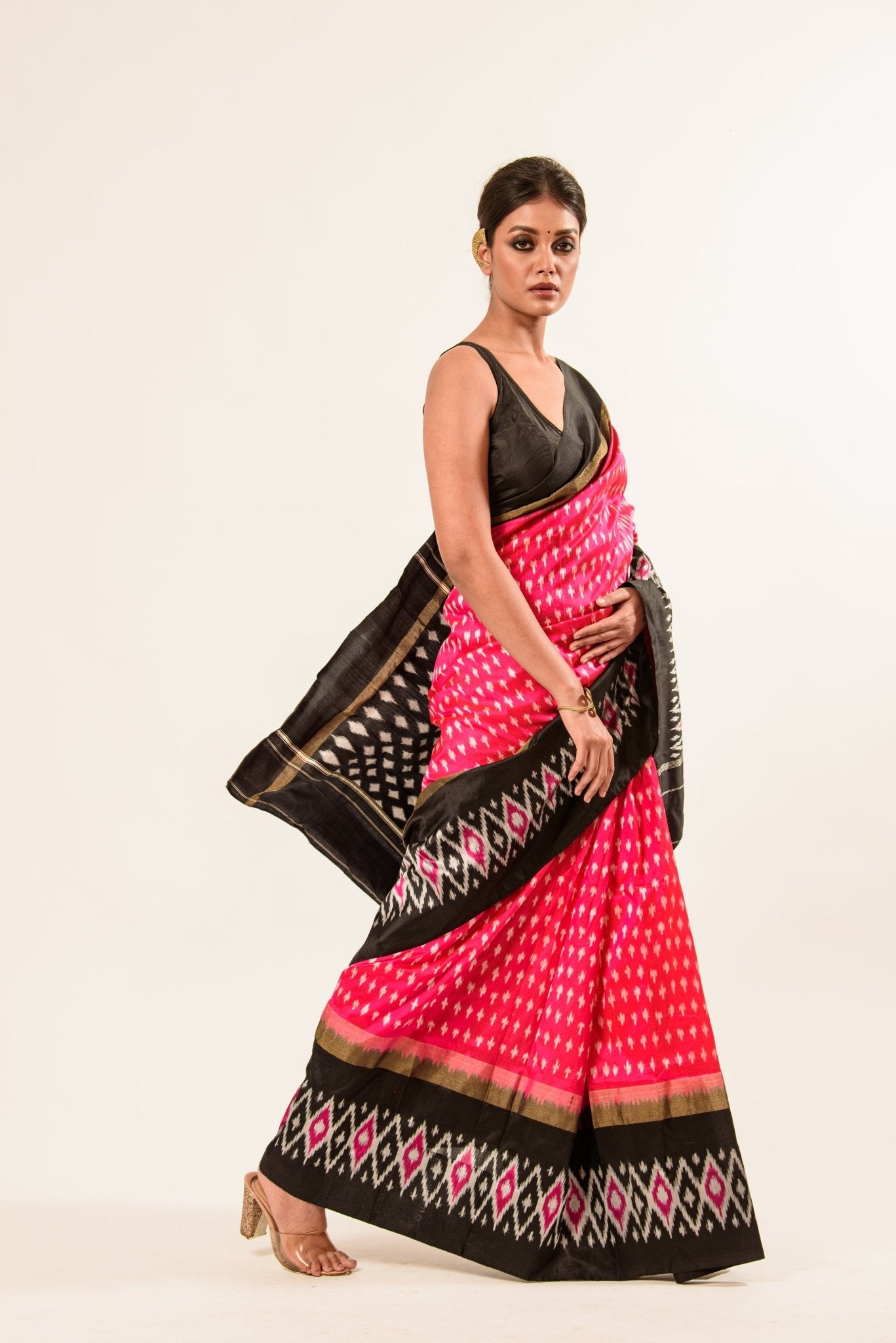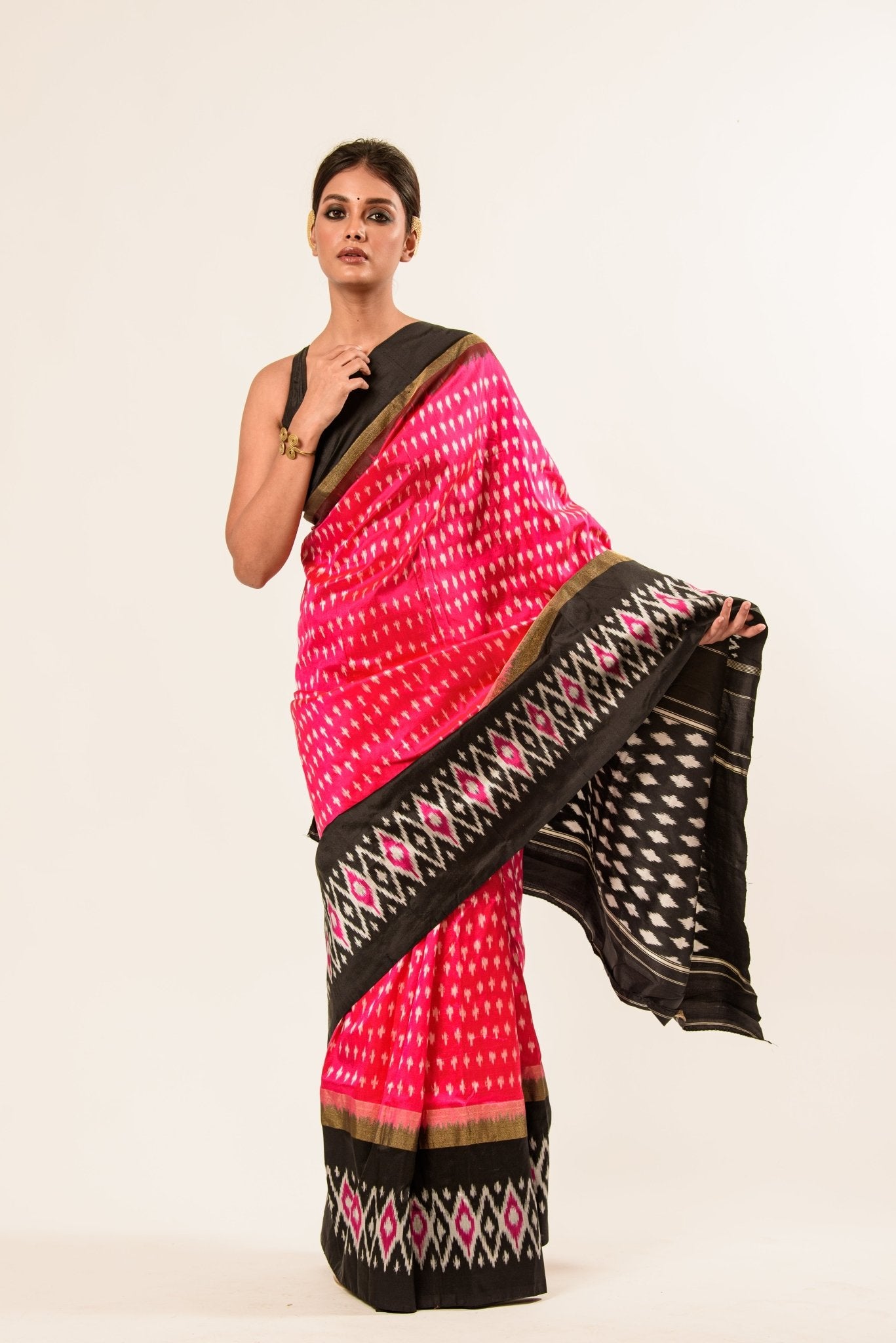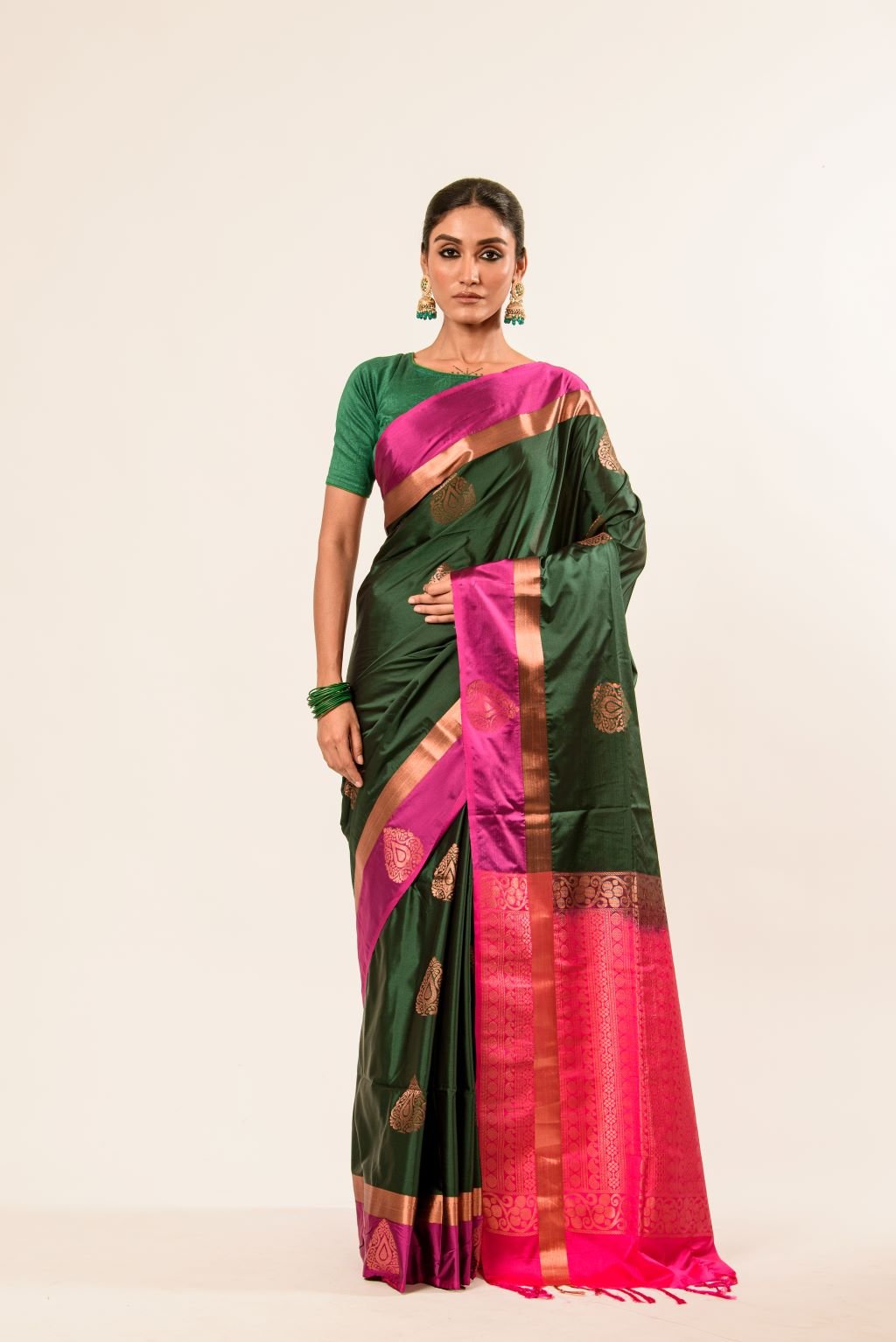Bridal sarees in India are not just a garment; it is more like a marital ornament the bride will don. While most brides today still prefer the classic red or maroon for the saree, more modern bridal saris are certainly innovating either in design or energetic colors. Bridal sarees, each coming from its own state from all over India, are blended with traditional elegance and modern flair.
Bridal Wear Saree from Different Regions of India
1. Kanjeevaram Saree from Tamil Nadu
The Kanjeevaram saree is a South Indian style saree. Silk-woven, these sarees promise a richly royal appeal with intricate zari work. The bridal Kanjeevaram saree still comes in the same range of colors: traditional red and gold is still the common choice but the colors have varied and become more dynamic, and may include lighter more complicated motifs that include floral, peacocks, temples, and many more. Brides can also choose less heavy Kanjeevarams, draping or lighter designs of pallu and enjoy wearing it.

2. Banarasi Saree from Uttar Pradesh
Banarasi saree is another royal gem for Indian brides. Hailing from the holy city of Varanasi, this saree is marked with rich silk fabric and more complicated zari work than others. They are available in rich gold and silver, besides so many option hues. The contemporary Banarasi wedding saree is where subtle changes in the style are seen, where the same ideas are realized with even more minimalist, geometric patterns, or lighter fabrics like georgette or chiffon that presents a pleasant feel. For a modern look, brides may opt for pastel colors or dual-tone colors and delicate embroidery or custom-designed borders.

3. Paithani Saree from Maharashtra
Paithani Sarees are a classic choice for weddings in Maharashtra in bright colors, richly woven, and in lustrous silk. Traditionally, Paithani sarees are known for their vibrant colors like green, gold, and red, with woven peacock or floral motifs. For contemporary brides, Paithani sarees are now found in colors such as lavender, beige, or champagne, while keeping borders minimal with delicate motifs. The light, airy volume-minimalist Paithani sarees with less intricate zari work are in vogue so that the bride can easily carry the attire.
4. Lehenga Saree from Rajasthan
Lehenga saree is a combination of two different styles: lehenga choli and sarees. Now, this is a favorite trend of the brides in the Rajasthan region. Lehenga saree has a lehenga as the bottom wear, with a saree draped over it along with a blouse. Comfort and flexibility in movement make lehenga sarees popular among the modern brides of Rajasthan. One more specialty of this saree is that these are often studded with lavish mirror work, heavy thread embroidery or even gota patti work, highlighting the very vibrant culture of Rajasthan. Today, bold colors, such as fuchsia, teal, or gold, can create the look of an empress and make a new-age bride look absolutely stunning.
5. Bandhani Saree from Gujarat
Traditionally, these sarees appear with bright colors and intricate patterns, created by tying small portions of the fabric before dyeing. Modern Bandhani bridal saree varies in hues starting from the traditional red color to newer shades like mustard, lavender, and even white with pops of colors. Contemporary touch-ups have embroidery, crystal work, or sequins in this saree. Modern Gujarati brides wear lighter shades of Bandhani sarees for comfort and convenience while carrying bold geometric motifs for their modern touch.
6. Sambalpuri Saree from Odisha
These are among the elegant examples of the traditional handloom weavings of Odisha, made of silk or cotton threads, with very intricate ikat patterns. Rich combinations of colors with motifs such as flowers, animals, or geometrical shapes characterize these sarees. A latest version of the Sambalpuri saree is made lighter in pastel tones with a contemporary motif like abstract design or minimal borders. For a modern look, brides can choose muted pastels like mint green or peach and pair them with elegant zari work or silver detailing.
7. Chanderi Saree from Madhya Pradesh
Chanderi sarees of Madhya Pradesh have lightweight fabric and are airy; the texture is very fine and crafted from silk. Traditionally, Chanderi sarees are woven in zari gold or silver and have intricate motifs like floral designs or intricate geometric patterns. Soft, minimalistic pastel shades like blush pink or dusty rose for brides seeking subtle elegance without going the whole length for tradition is what defines the modern Chanderi bridal saree.
8. Kasavu Saree from Kerala
The Kasavu saree originates in the state of Kerala and is made from cotton or silk material, off-white-colored with golden borders. One of the traditional attires donned by the brides of Kerala, it is also utilized in ceremonies of marriage during the Onam festival. Modern Kasavu today pertains to colorful borders, intricate embroidery, and even zari work that can be worn on contemporary weddings. The bride from Kerala of this age can wear an alluring Kasavu saree with a reddish or greenish border, along with all temple jewelry for the complete look.
9. Tussar Silk Saree from Bihar
Tussar silk is used in Bihar for bridal sarees, which adds a natural sheen and textured appearance. Tussar silk sarees are handwoven in the traditional form with motifs inspired through nature and mythology. In the present, Tussar silk sarees sport bold jewel-toned colors such as emerald green, royal blue, or deep maroon, making it a beautiful sight for a bride's day. Contemporary brides can also opt for lighter shades of Tussar sarees, with minute embroidery or beading, blending the best of tradition and modern style to create something genuinely exclusive.
10. Pochampally Saree from Telangana
The Pochampally saree boasts its own signature weaving technology, that is, ikkat, where both the warp and weft threads get dyed before getting woven. This gives an extraordinary, almost blurry look to the fabric. Traditionally, Pochampally sarees are characterized by geometric patterns and bright colors. Modern Pochampally bridal sarees are available in tones as sophisticated as turquoise, violet, and royal gold, with subtle ikat patterns on the border or pallu. They are normally combined with contemporary accessories, including simple jewelry, and are one of the most fashionable and sophisticated garments among many brides today.
11. Muga Silk Saree from Assam
The Muga silk saree is an expensive product from Assam, characterized by their enriched golden-yellow color and glossy finish. Intricately woven motifs related to Assamese culture, including peacocks and lotus flowers, adorn these sarees. Available in the latest trendy designs, modern Muga silk sarees are offered in various understated floral work or geometric patterns. Thus, it is perfect for modern style bride saree wear; it can have louder color tones or mixed fabrics, and the wearer can pair it with contrasting colored blouses and accessories.
12. Maheshwari Saree from Madhya Pradesh
Maheshwari is traditional bridal wear from the state of Madhya Pradesh. Known for the soft texture and intricate designs. These sarees generally have zari borders and geometric motifs, making them an ideal option for weddings. With modern Maheshwari sarees made from lighter fabrics like chiffon and georgette, the brides can get around comfortably with sheer grace. Pastel pink, lavender, and light blue sarees are among the favorite colors of brides choosing Maheshwari sarees.
13. Kullu Shawl Saree from Himachal Pradesh
The Kullu shawl is a very intricate woolen pattern draped like a saree in Himachal Pradesh. Traditionally, it is quite heavy and extremely ornate with zigzag motifs, stripes, and floral designs. Modern Kullu shawl sarees are fantastic with lighter fabrics and delicate hand work that can make them ideal for the contemporary bride. The woolen drape, draped with pure silk or cotton, provides perfect balance to a very modernistic approach with tradition.
14. Kashmiri Pashmina Saree (Jammu & Kashmir)
Pashmina wool is a synonym for opulence, and Kashmiri Pashmina bridal sarees are something that can never go out of fashion. These sarees are woven in the conventional way that is floral or paisley motifs with embroidery and zari work. Modern Kashmiri Pashmina bridal sarees come in muted pastels like baby pink, ivory and light lavender with minimal thread work or sequins to add some oomph. These are beautiful with a soft touch and natural warmth of Pashmina. They make great bridal wear in the cold regions.
15. Nauvari Saree (Maharashtra)
The Nauvari saree is the traditional Maharashtrian bridal saree. It's a distinctive drape in which the saree is wrapped around the waist like a dhoti, then draped on one shoulder with the left side of the body free. Traditionally, it was red and green colors, but now the brides are trying out maroon, gold, even pastel ones.
Celebrate Indian Bridal Wear Distinctive Beauty
Indian bridal sarees are a ravishing blend of tradition, culture, heritage, and modern style. What is beautiful about it is that the sort of single touch that a state gives to the overall bridal ensemble varies from state to state. It can range from the resplendent Kanjeevaram silk saree of Tamil Nadu to the exquisite Muga silk creations of Assam. From intricate handwoven designs to contemporary minimalist patterns, or fusion sarees with the essence of tradition and modernity, a bridal saree from any corner of India is sure to give your wedding day a beautiful touch you will remember forever. Traditional yet modern saree style for you as a bride, which complements not only your personal style but also the eternal beauty of Indian heritage.
Shop Sarees By Colour
| Saree Color | Ideal Occasion |
| Red Sarees | Weddings, Engagements, Karva Chauth, Festivals |
| Green Sarees | Mehndi Ceremonies, Traditional Puja, Eco-themed Events |
| Grey Sarees | Contemporary Gatherings, Office Parties, Subtle Elegance for Day or Night |
| Yellow Sarees | Haldi Ceremonies, Daytime Functions, Spring Events |
| Pink Sarees | Baby Showers, Birthday Parties, Romantic Dinners |
| Blue Sarees | Evening Parties, Corporate Events, Receptions |
| White Sarees | Temple Visits, Traditional Ceremonies, Peaceful Gatherings |
| Black Sarees | Cocktail Parties, Formal Events, New Year Celebrations |
| Orange Sarees | Navratri, Religious Events, Cultural Gatherings |
| Purple Sarees | Engagements, Festive Celebrations, Theme Parties |
| Peach Sarees | Summer Weddings, Brunches, Casual Daytime Gatherings |




